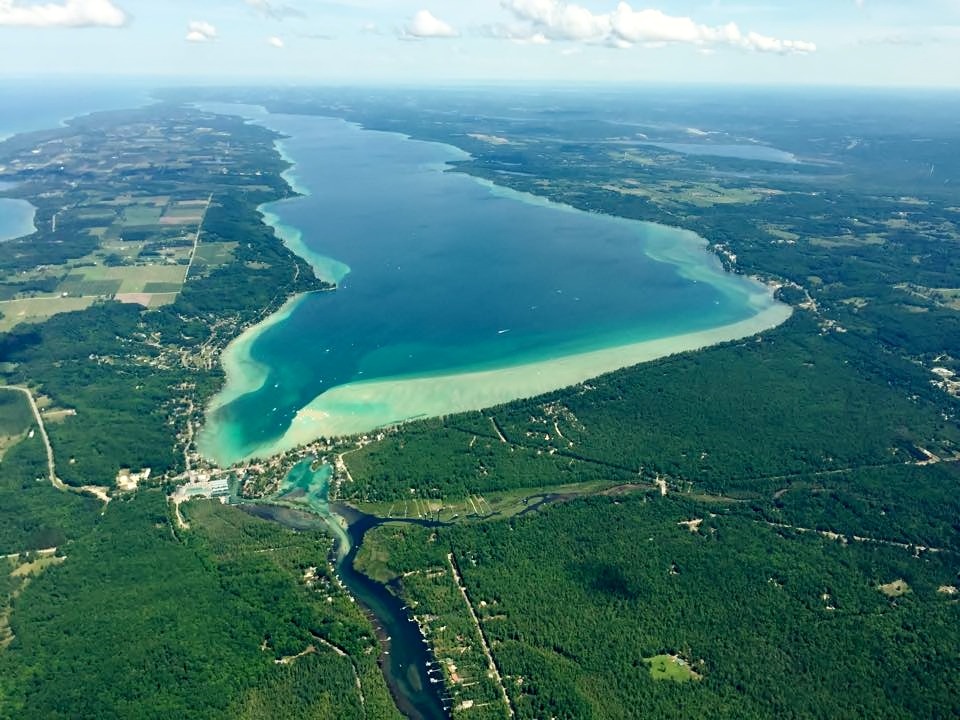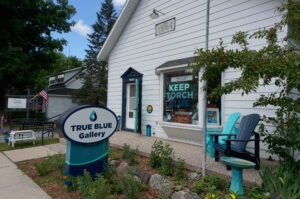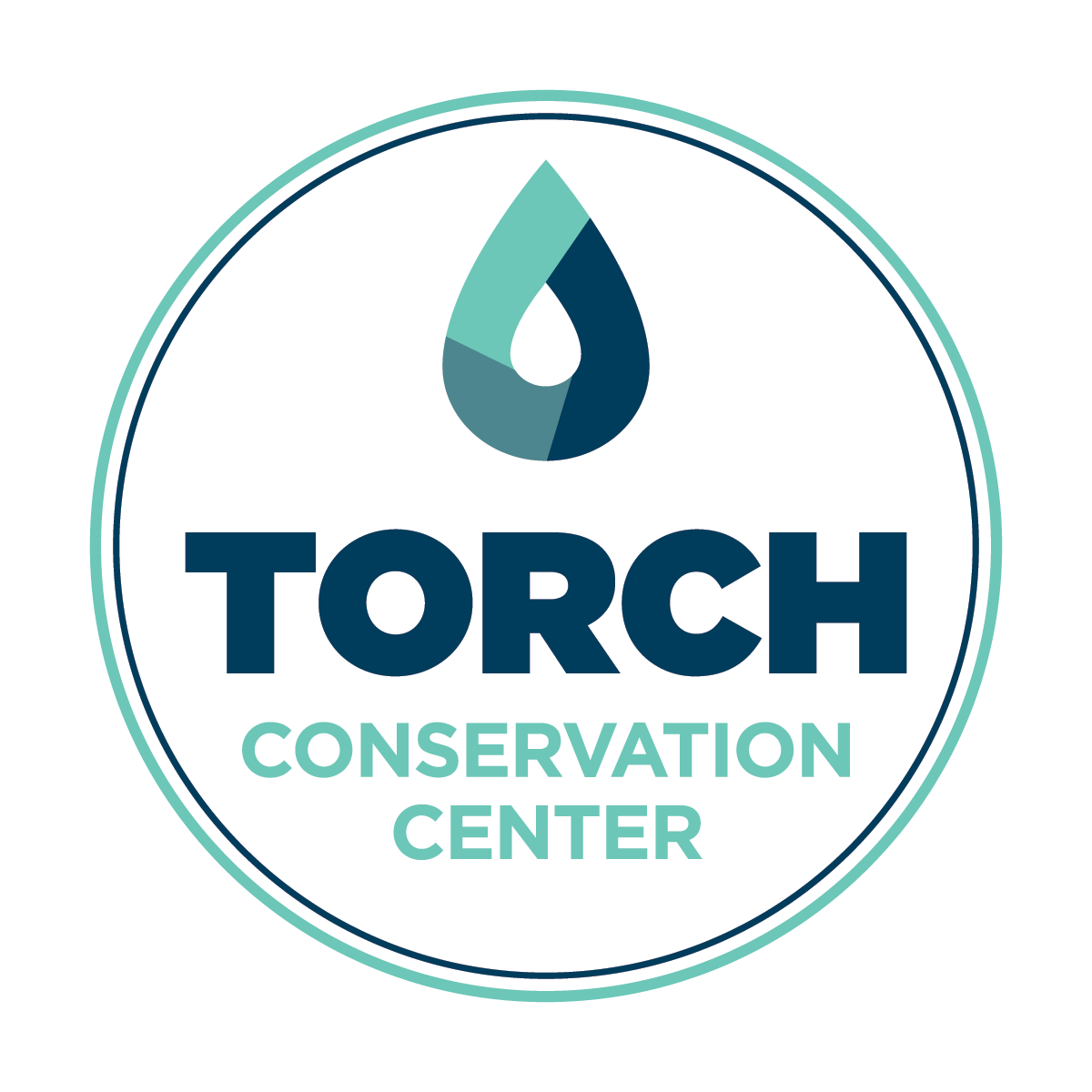How the Torch Lake Sandbar Was Formed
Do you know how the Torch Lake Sand Bar was formed?
First, the glaciers advanced and receded several times.
Over thousands of years, they left a high ridge of sand, gravel, boulders and clay above the southern shore of Lake Skegemog.
Back then Torch Lake was connected to Lake Skegemog in the south and to Lake Michigan in the north.
Ten thousand years ago air temperatures warmed and the glacial period ended. A river formed in the Rapid River Valley which was many times larger and longer than the current Rapid River.
For thousands of years, this old river carried large volumes of meltwater which formed a large delta. The meltwater carried sand and filled the area separating Lake Skegemog from Torch Lake.


Photo: U. S. Coast Guard
The old Rapid River pushed sand north and formed the Sand Bar on south shore of Torch Lake.
During the lumbering era (1880–1920), Torch River was dredged so tugs could haul millions of logs to Elk Rapids and steamers could take goods and tourists to Alden and other villages around Torch Lake. The sand was deposited at the west end of the Sand Bar.
Sandbar Responsibilities
It’s simple…provide a wonderful place to play with family and friends in shallow water on Torch Lake.
Sandbar-goers Responsibilities
Be safe
Go slow– “No Wake!”
Avoid catching your prop on the sandy bottom or other boats’ anchor lines.
Don’t dive off your boat.
In case of Emergency – Call 911
The Marine Patrol will be contacted.
Be considerate of others
Respect private property. Do not trespass.
Enter and exit the Sandbar from public access sites only.
Anchor near the drop off a good distance from shore.
Keep music and noises to a moderate level.
No overnight mooring is allowed on Torch Lake.

Image source: Art Hoadley and Trish Narwold 2008
Lake Lore
Visit the TRUE BLUE Gallery

Gallery Hours
Tue-Sat. 11-5
Occasional Sundays 12-3
9046 Helena Road
Downtown Alden, MI
Don't just wish that Torch Lake will stay blue.
Choose a water-friendly lifestyle - make a difference!
About
Social
Subscribe to TRUE BLUE News
Follow us on Facebook
Share a favorite photo with us on Instagram (#truebluetorch)
